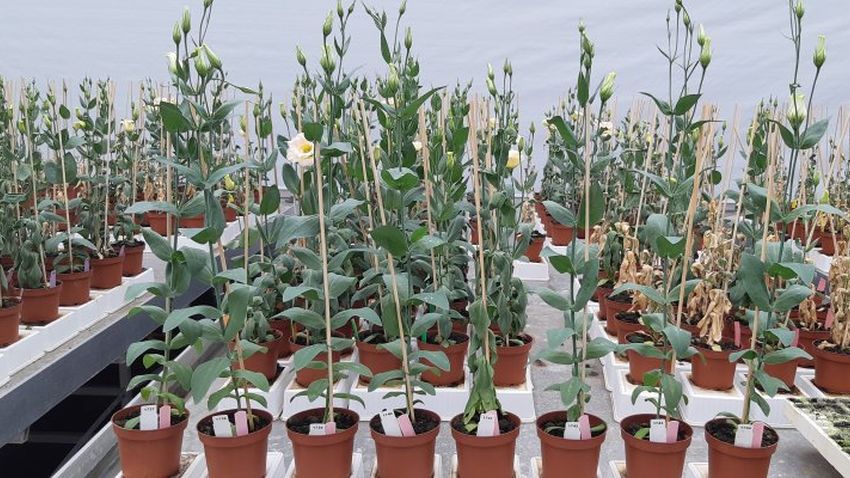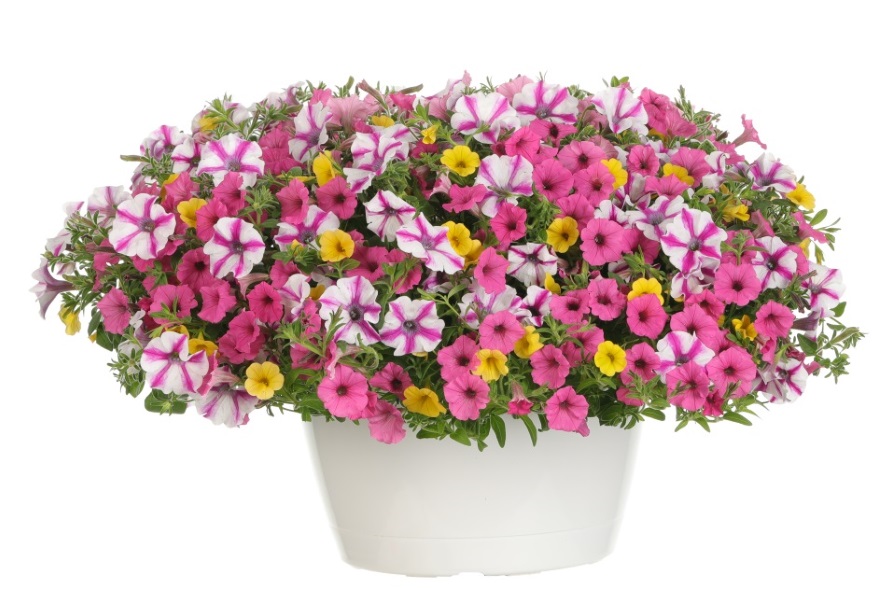Using Biorationals for Management of Soilborne Diseases
 Controlling soilborne diseases that are caused by plant pathogens such as Fusarium and Pythium is becoming increasingly difficult, partly due to the reduced availability of crop protection products. As a result, alternative strategies are needed to protect plants from soilborne pathogens.
Controlling soilborne diseases that are caused by plant pathogens such as Fusarium and Pythium is becoming increasingly difficult, partly due to the reduced availability of crop protection products. As a result, alternative strategies are needed to protect plants from soilborne pathogens.
This is why the Business Unit Greenhouse Horticulture and Flower Bulbs of Wageningen University & Research (WUR) in The Netherlands is investigating whether biorationals (plant protection products of natural origin) can be used effectively in greenhouse cultivation against soilborne plant pathogens.
Fungi (such as Fusarium and Verticillium) and oomycetes (such as Pythium and Phytophthora) can infect a crop through the roots. WUR is investigating whether these infections can be prevented with biorational agents. Such agents are increasingly available on the market for use in crops, but their potential remains underused. The question is how these products can protect the plants against soilborne pathogens during the entire length of a cultivation cycle.
The research is being conducted in two crops: lisianthus and cucumber. Cultivation of lisianthus is soil-based with a relatively long propagation period (around 12 weeks) and relatively short cultivation in the greenhouse (seven to eight weeks), while cucumber cultivation is much longer (up to four to five months) and takes place in inert growing medium (stonewool or perlite).
The first results show that the microorganisms (which are present in the soil or other growing medium and in rhizosphere) are important in combating the infections of pathogens such as Fusarium. Application of some biorationals can influence the composition of the natural microbial community in the soil or the growing medium in such a way that the pathogens present have less chance of infecting the plants. However, optimization of the applications is needed, so that maximum protection of the plants can be achieved during the entire cultivation cycle.
Learn more here.








